In May of 1945, my paternal grandfather was serving in one of the U.S. Army armored divisions that liberated Mauthausen, a large concentration camp in Austria. Most of the images that follow were in his trunk in the basement of his and my grandmother's house in Osseo, MN, when I found them in 1984. There was also a large canvas Nazi flag. This year I finally donated the flag and the photos to the
University of Minnesota's Center for Holocaust & Genocide Studies.
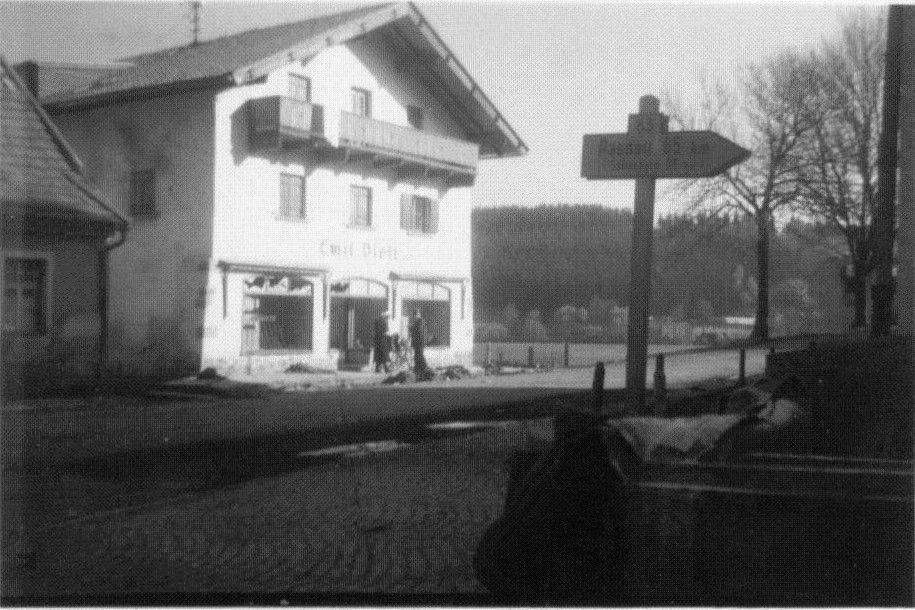 | Signpost pointing to Passau, outside of Mauthausen in Austria. |
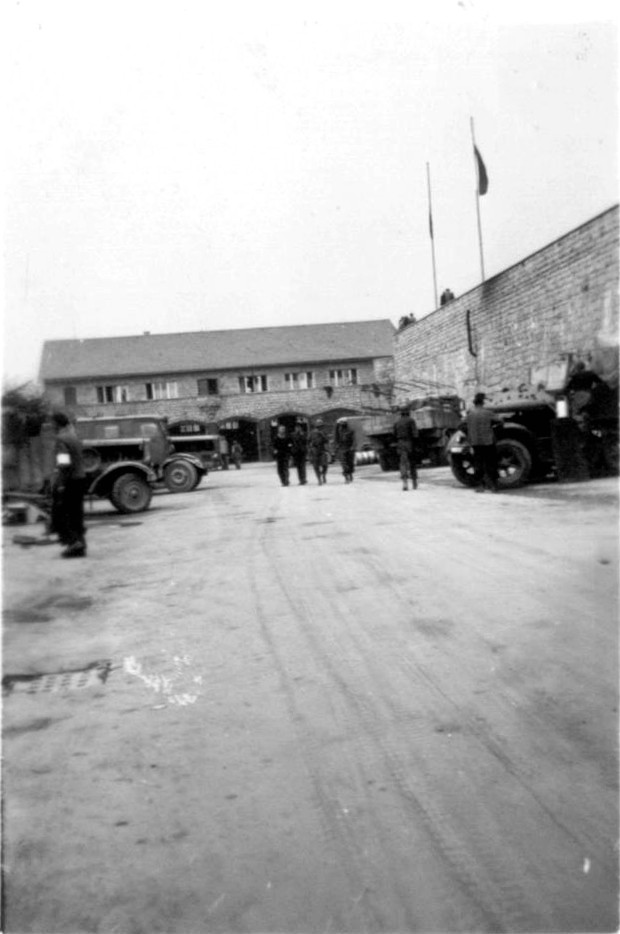 | Flags flying over entrance area. |
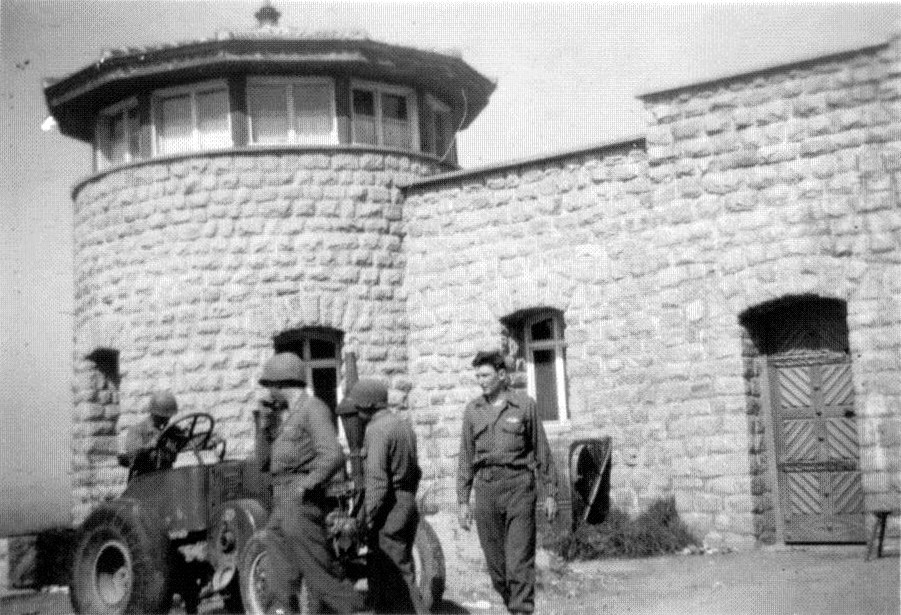 | American Army Jeep and infantrymen outside Mauthausen. |
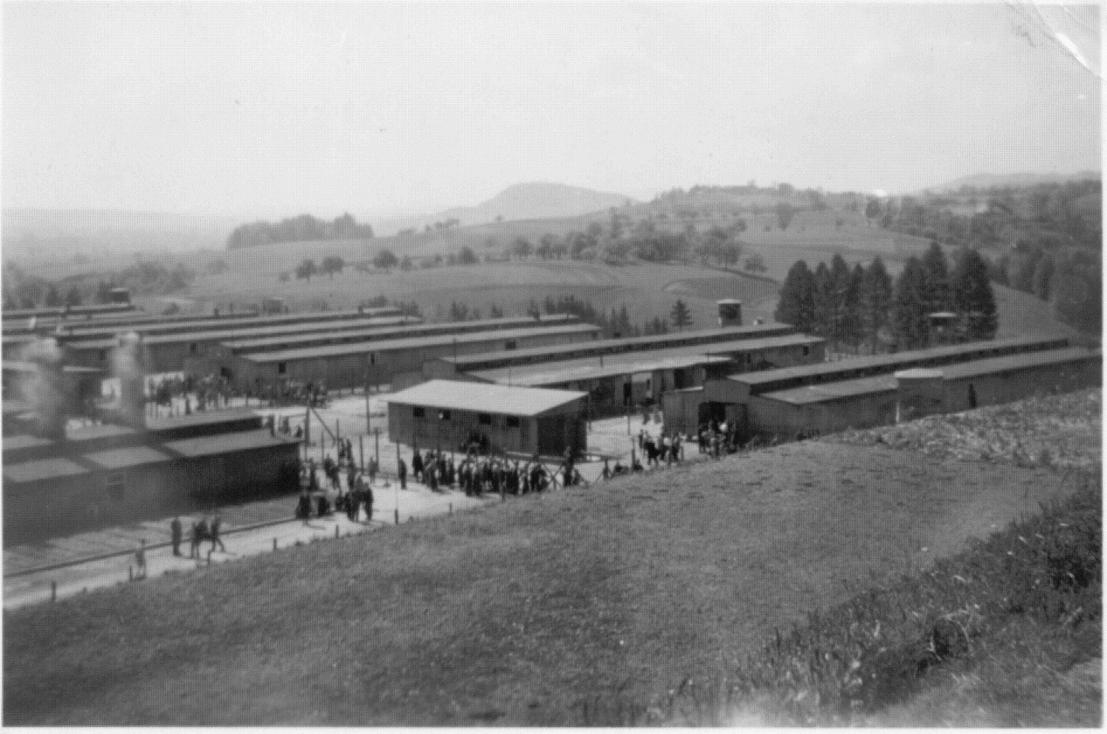 | Approaching the camp. SS were still in the camp and had ordered the burning of whatever bodies they could. Hence the smoke rising from the stacks in this photo and the next three. |
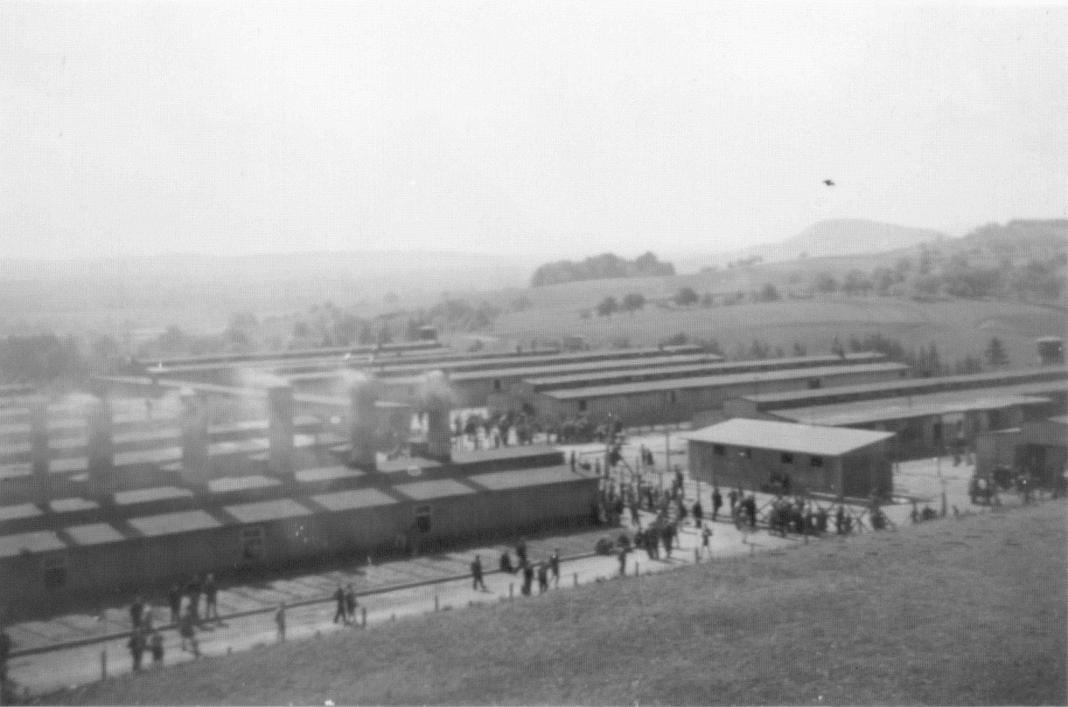 | Crematoria |
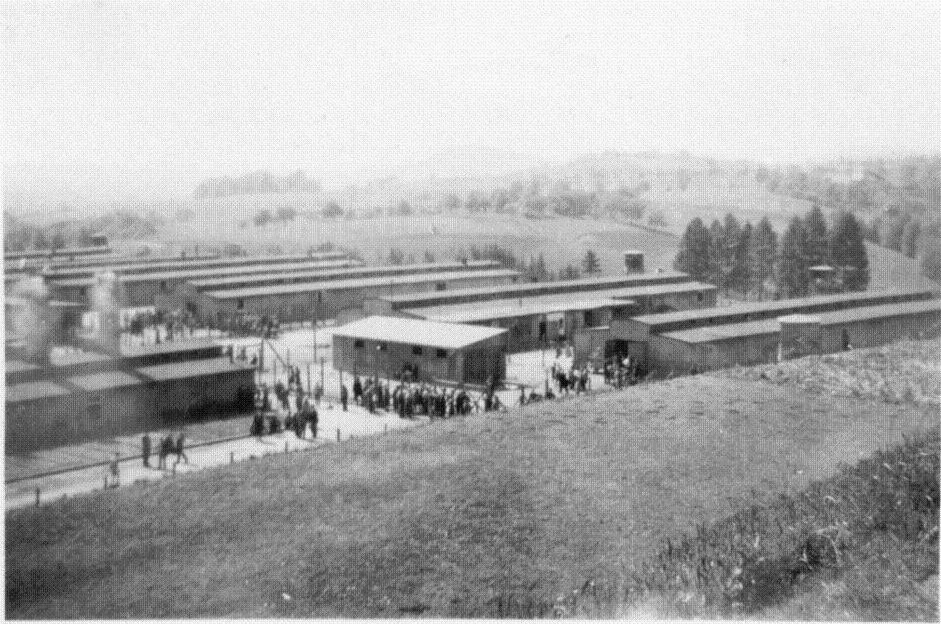 | Crematoria |
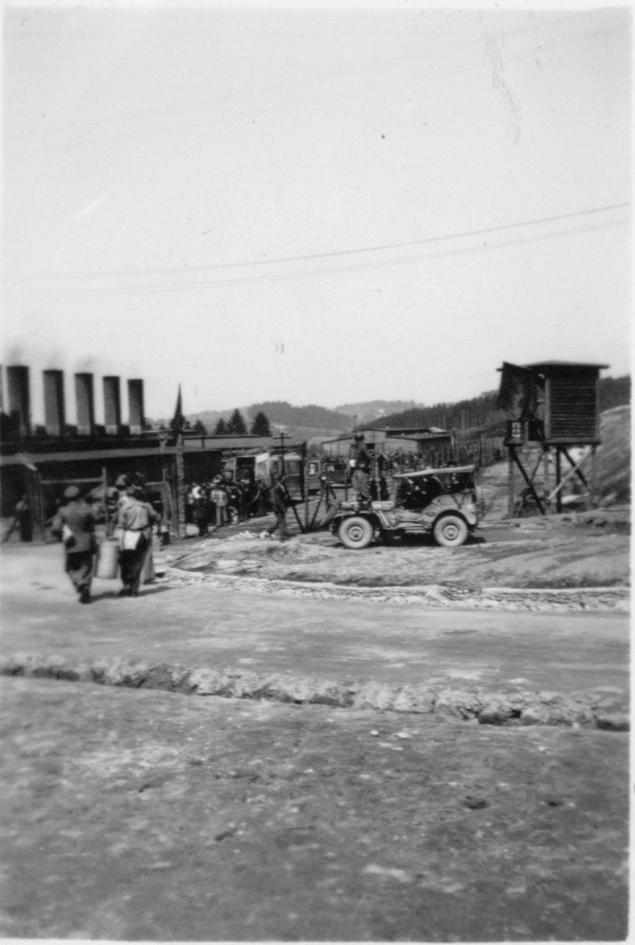 | Another view of the crematoria. |
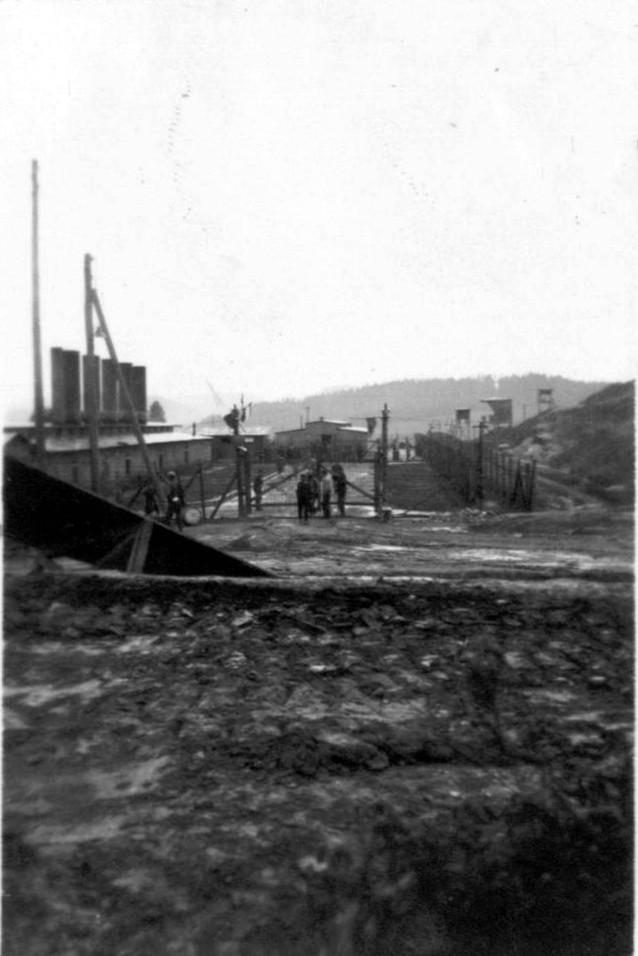 | Gate to Crematoria area. |
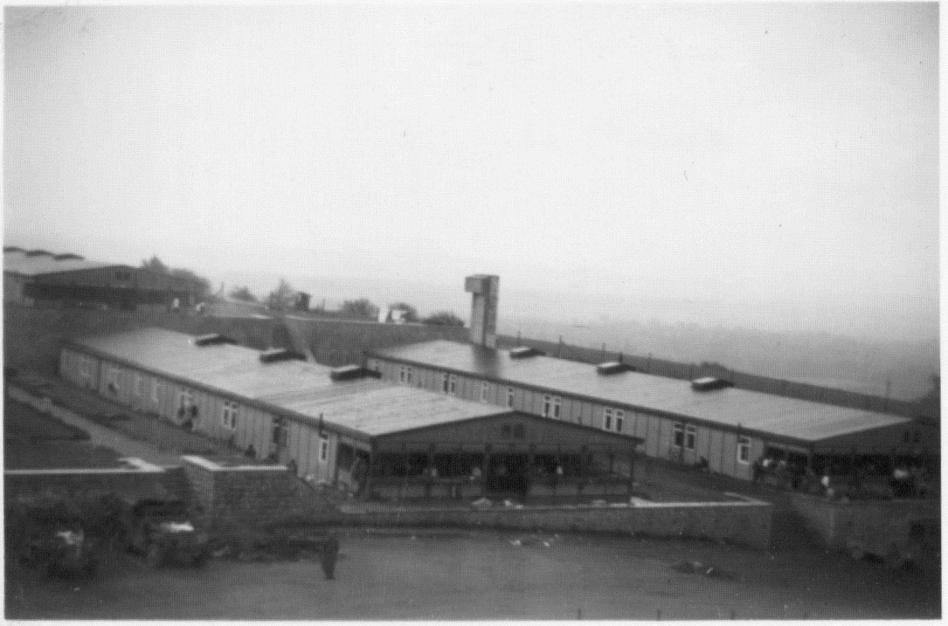 | Prisoner Barracks |
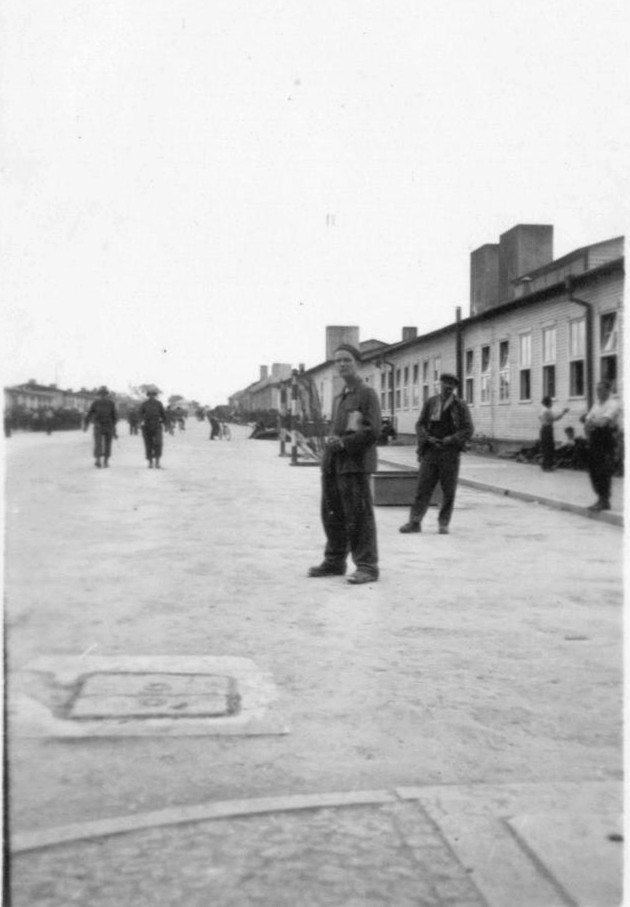 | Survivor of Mauthausen near barracks. |
 | Prisoner Barracks |
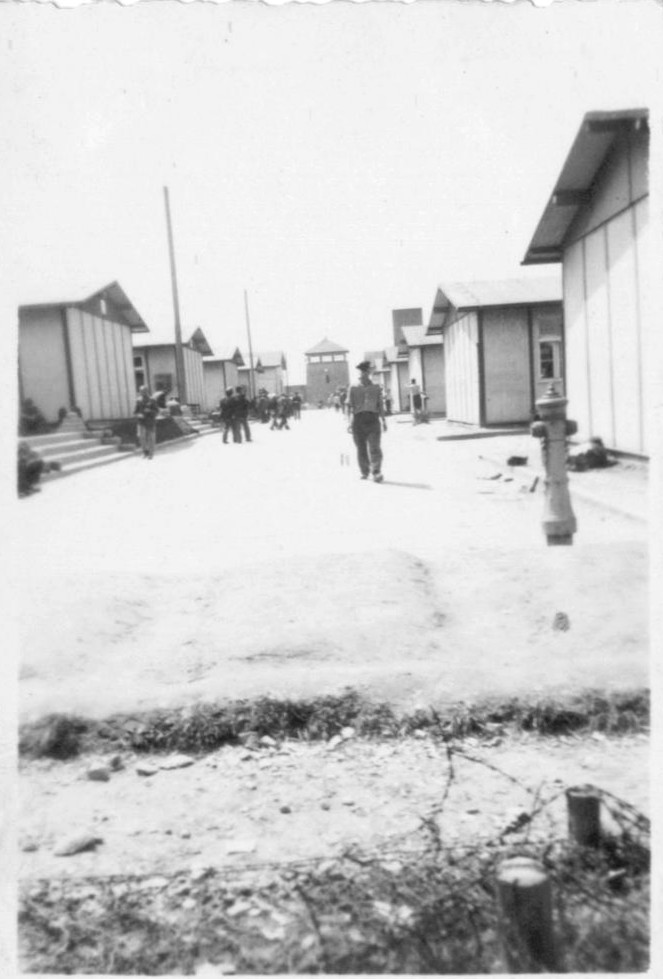 | Distant view of crematorium stack, 1945. |
 | Closer view of the same crematorium stack, 1996. |
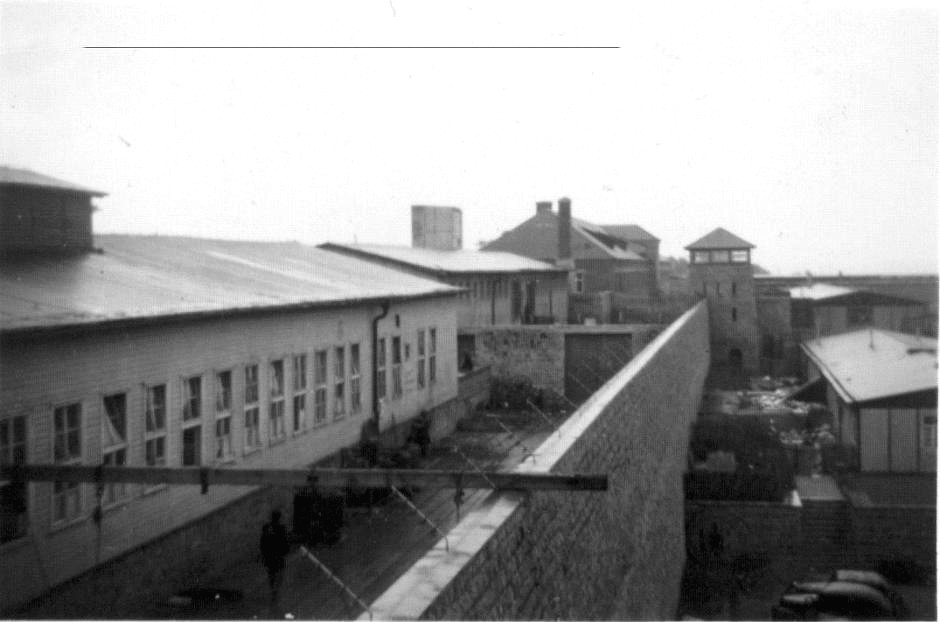 | Above the courtyard, 1945. |
 | Same courtyard, different angle, 1996. |
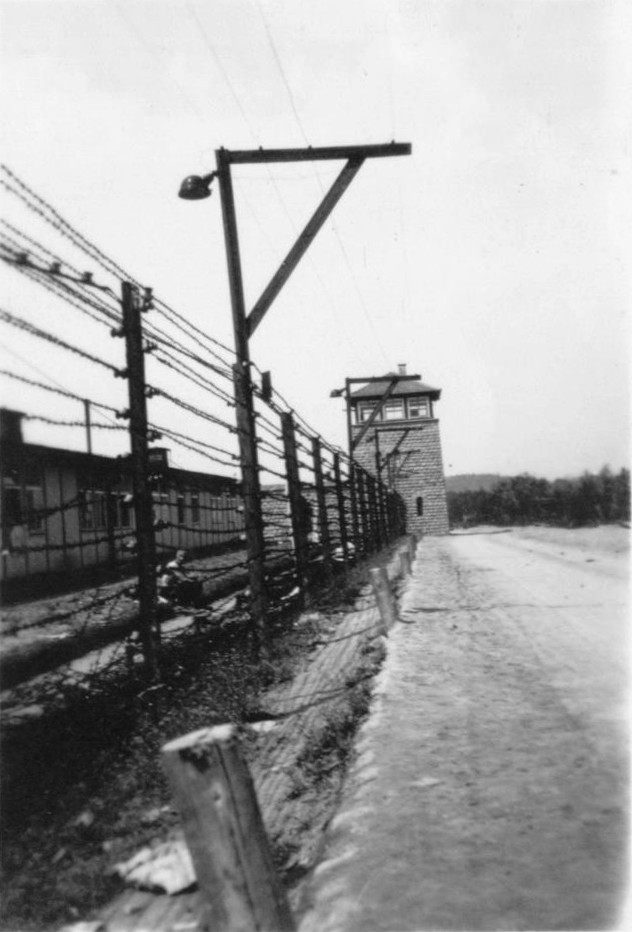 | Guard Tower. If you click the thumbnail for the larger image, you'll see a survivor of the camp sitting behind the barbed wire. It took me 20 years to notice that. |
 | Wire surrounding camp. |
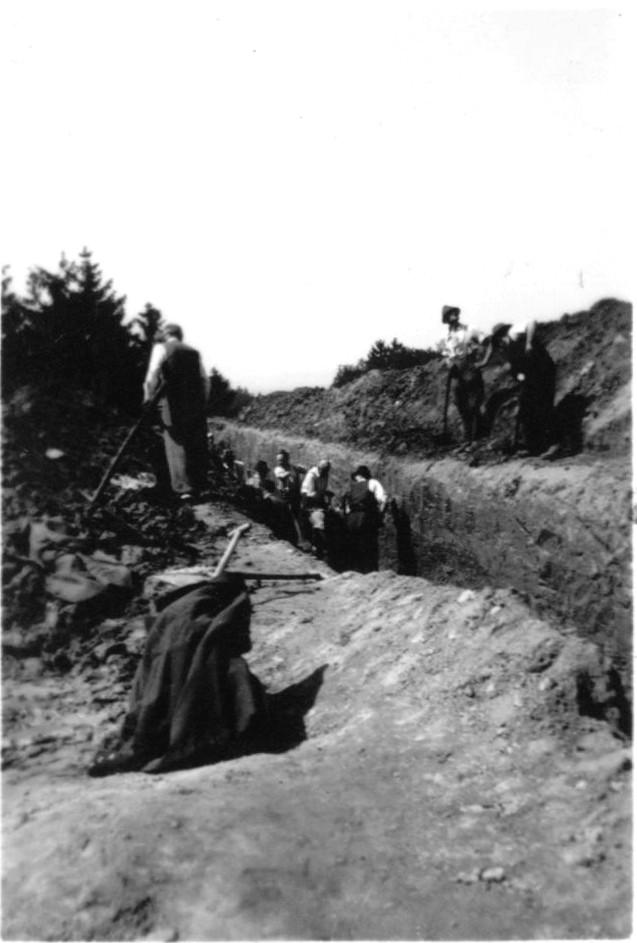 | Allies digging mass graves, this photo and next. |
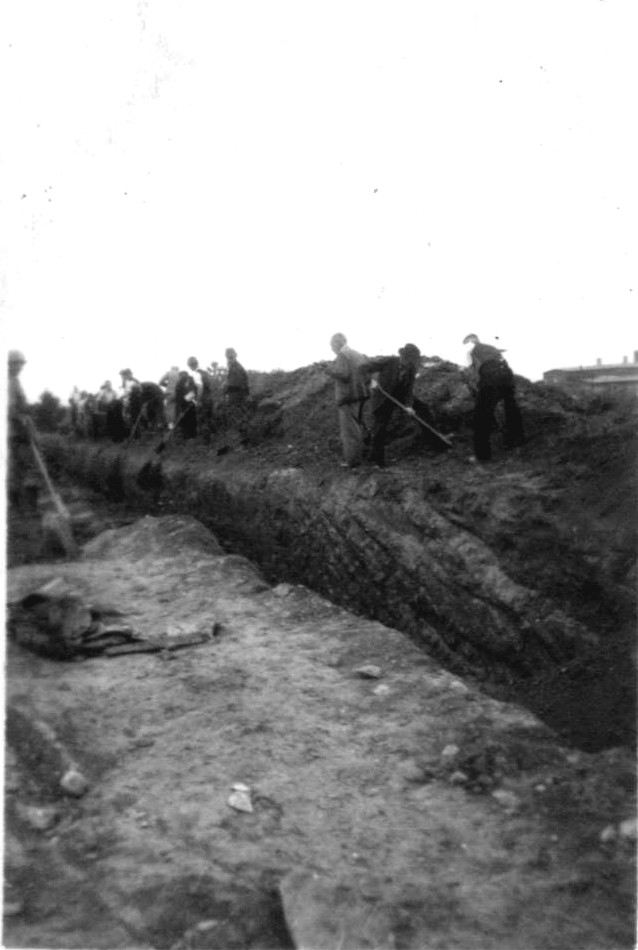 | |
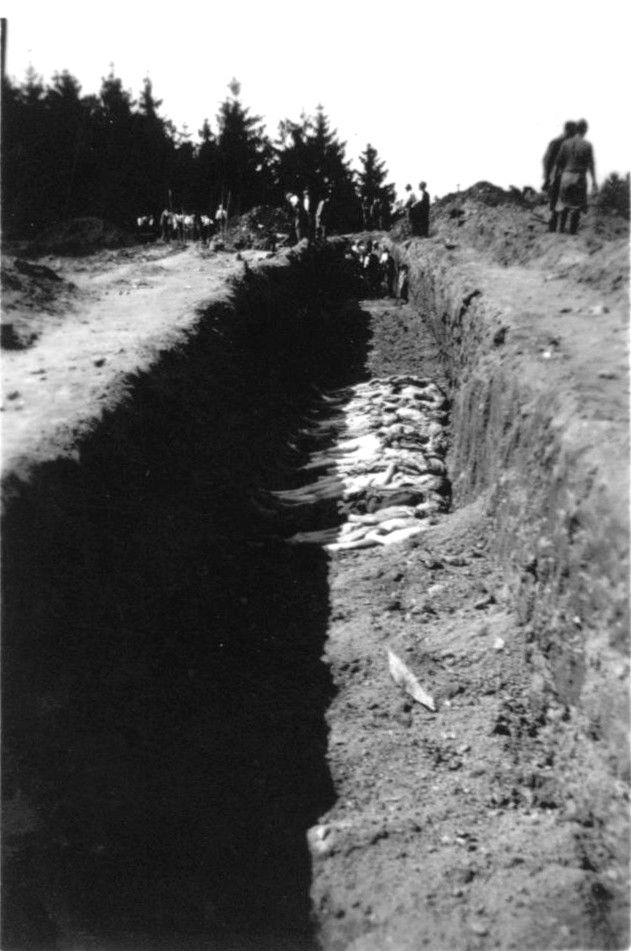 | Laying the victims' bodies in the trench grave, this and next two images. |
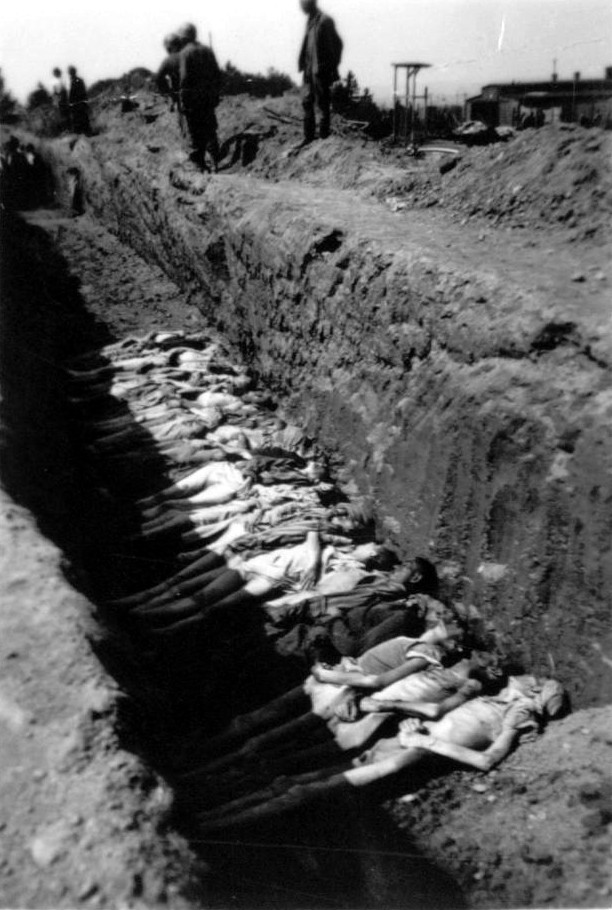 | |
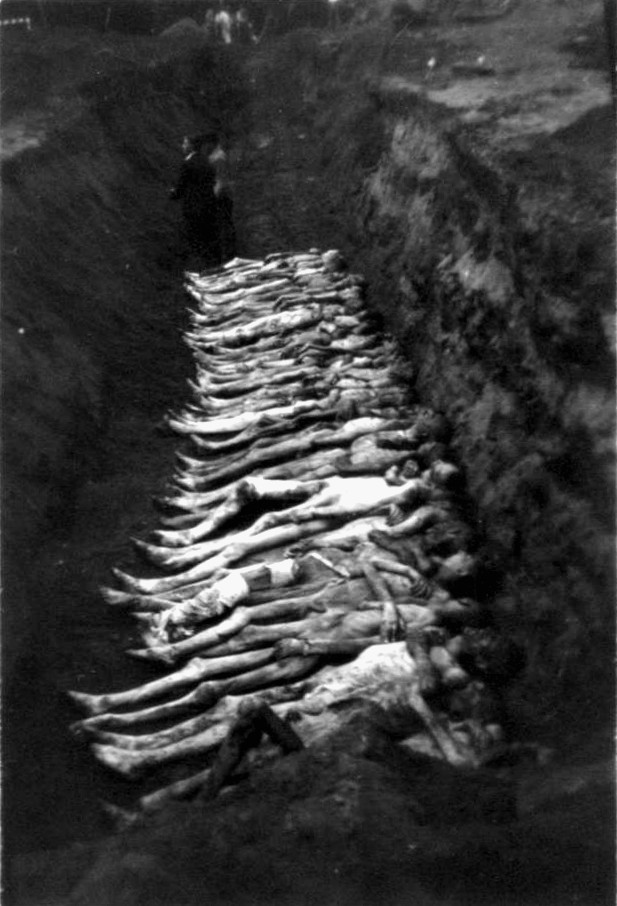 | |
 | Rock quarry (Wiener Graben) where prisoners were forced to labor. This appears to be the area where the Allies dug the trench graves. | |
For more information and photos on Mauthausen: Gusen and Mauthausen

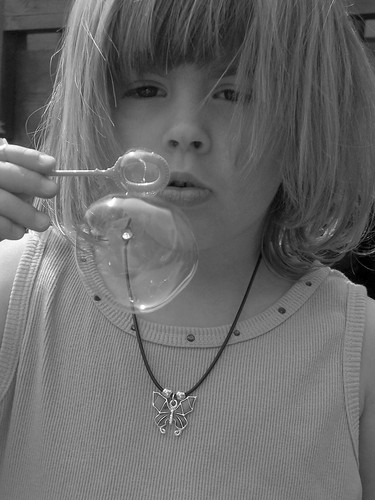























7 Comments:
Who took the pic in 1996? Good thing you did by donating this stuff. I didn't know about the pictures. You grandfather's awful experiences can at the very least educate future generations of what happened. Does the U have a museum open to the public?
I found the 1996 pictures at this site. The U does not yet have an actual museum, though they are working on funding it. When Scooter dropped off the items with Dr. Stephen Feinstein, who is in charge of the collection, he got a guided tour of many of the things the Center has. For now, though, we are limited to going to the virtual museum, which you can explore at the link to the Center. It's very cool and very disturbing. It includes information on places like Darfur in addition to the Holocaust.
I don't remember my father ever saying much about the things they saw and experienced in the days after he and his fellow American soldiers entered the camp.
In the photo of the mass grave being dug note that those digging are in street cloths and suites. The allies gathered locals and had them dig the graves and place the bodies.
These photos gave me a whole new perspective of the camp. Especially tho one with a prisoner behind the wire... Thank you for sharing them with us!
My blog is about an exhebition I atended- it was about the so called homocaust during the second world war. However it was not well presented - at least not in the way it should be.
The photo is from that exhebition.
And - your comment gave me an idea to translate my blog. Thank you for that!
the smoking chimneys are the chimneys from the kitchen baracks in the sick bay or "russenlager". the photo was taken after the liberation. SS left camp 2 days before the US army arrived in mauthausen.
the 3 crematoria of mauthausen were situated in the main camp (2 can still be seen in the memorial)..
I agree with the above comment. Chimmeys are from the "block 1" (kitchens) in the Krankenlager alias Russenlager alias hospital-camp.
Post a Comment
<< Home